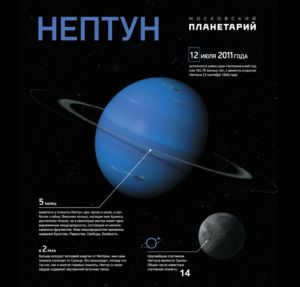During June 2022, the best conditions are present for observing Mercury, although this is only possible in the middle of the month. On June 21st, the summer solstice occurs, marking the longest day of the year and the shortest night. As a result, even during the nighttime hours, the Sun does not dip far below the horizon, leading to the scattering of sunlight in the sky. This scattered light can hinder the observation of faint celestial objects.
In addition, the end of May marks the beginning of the season for silver clouds to become visible. The planets will only be visible in the morning, low on the horizon, making the conditions unfavorable for their observation as well as for studying deep space objects. However, there are still opportunities to observe the Moon, comet C/2017 K2, and the Sun, as June is the most favorable time for solar observation.
Constellations to Look for in June
During the month of June, there are several well-known constellations that can be observed in the night sky. The Swan and Lyra constellations, which were previously located in the eastern part of the sky, have now moved closer to the zenith. Additionally, the Eagle constellation can be seen quite high in the southeastern part of the sky, making it easy to spot the Summer Triangle. The Summer Triangle is formed by three bright stars: Vega, Deneb, and Altair, which represent the alphas of the Lyra, Swan, and Eagle constellations, respectively. These stars are among the brightest in the summer sky and can be easily identified.
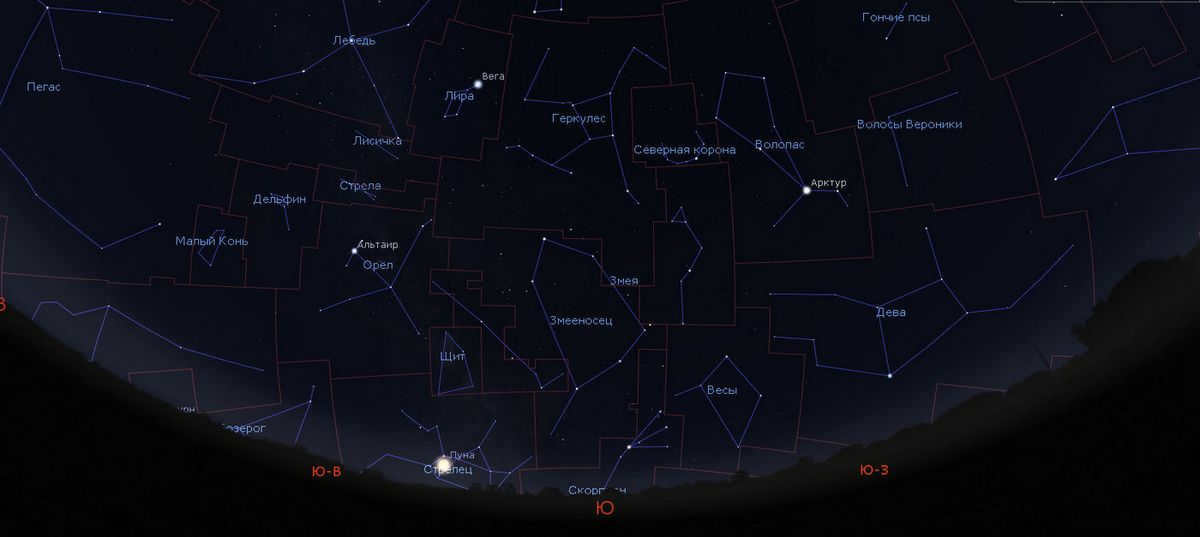
Observing the constellations in June at 1:00 am on June 15th.
Looking towards the west, the constellation Volopassus can be seen with the bright star Arcturus leaning towards the horizon. The constellation Virgo is also visible, nearly at the horizon. Moving towards the south, the bright red star Antares, which is the alpha of Scorpius, can be spotted peeking over the horizon. This constellation is easily identifiable by the row of stars next to Antares, resembling a hand.
Another prominent feature in the southern sky is Jupiter, shining brightly with its orange light in the constellation Serpentor. In fact, Jupiter is the brightest star in the southern sky during the evening. With the help of binoculars, one can even try to locate Jupiter’s four Galilean satellites – Io, Europa, Ganymede, and Callisto.
To the east, just above the horizon, Saturn can be spotted, standing out prominently against the backdrop of faint stars.
Key astronomical events in June 2022
The timings for these events are provided in Moscow time. Source – Moscow Planetarium.
2.06 – The Moon reaches its farthest distance from Earth (04:15).
2.06 – Morning visibility of Neptune begins.
3.06 – Mercury comes to a standstill and starts its retrograde motion (02:00).
3.06 – Morning visibility of Uranus begins.
3.06 – The Moon passes 2.1 0 south of Pollux (F=0.1+) (08:00).
4.06 – The Moon passes 3.6 0 north of the Crèche cluster (M44) (F=0.2+).
5.06 – Saturn reaches its stationary point (+0.7m) and transitions from direct to retrograde motion (18:00).
6.06 – The Moon passes 5.1° north of Regulus (F=0.36+) (10:00).
June 7th – The Moon enters its first quarter phase at 17:49.
June 10th – The Moon passes 5.1° north of Spica at 14:00. The Moon’s illumination factor is 0.75 or greater.
June 12th – The morning visibility of Mars begins.
June 12th – Venus passes 1°31' south of Uranus at 02:00.
June 13th – The Moon passes 3.1° north of Antares at 18:00. The Moon’s illumination factor is 0.98 or greater.
June 14th – The Full Moon occurs at 14:53. This will be the best Super Moon of the year.
June 15th – The Moon is at its closest point to the Earth, with a distance from the center of the Earth of 357,433 km, at 02:23. The Moon’s illumination factor is 1.00.
June 16th – Mercury reaches its greatest morning westerly elongation of +0.6m, which will be at 23.2°.
June 18th – The morning visibility of Uranus begins.
June 18th – The Moon passes 4.3° south of Saturn at 18:00. The Moon’s illumination factor is 0.77 or less.
June 20th – The Moon passes 3.2° south of Neptune at 22:00. The Moon’s illumination factor is 0.55 or less.
21.06 – The Moon is currently in its last quarter phase, which occurred at 07:12.
21.06 – Today marks the summer solstice, occurring at 12:14. This is the day with the shortest night and the longest day in the Northern Hemisphere.
21.06 – At 22:00, there will be a celestial event where the Moon passes 2.7 degrees south of Jupiter, with a brightness factor of 0.46.
22.06 – Another celestial event will occur at 22:00, where the Moon will pass 1.7 degrees south of Mars, with a brightness factor of 0.30.
22.06 – In the Pacific Ocean and Antarctica, there will be a rare occurrence of the Moon covering Mars. Unfortunately, this event will not be visible in Russia, starting at 22:00.
23.06 – The Pleiades star cluster (M45) will experience a passage of Venus, as Venus moves 5.6 degrees south of the cluster.
23.06 – At 08:00, Mercury will pass 2.8 degrees north of Aldebaran.
25.06 – The Moon will pass 4.7 degrees south of the Pleiades star cluster (M45), with a brightness factor of 0.04.
25.06 – At 01:00, there will be a coverage of Uranus by the Moon, with a brightness factor of 0.15. This event can be observed in Australia and Indonesia, but unfortunately, it will be invisible in Russia.
On June 26th, the Moon will pass 2.7° north of Venus at 10:00 (F=0.06-).
On June 27th, the June Boötid meteor stream will reach its maximum with a ZHR of 0-100.
Also on June 27th, the Moon will pass 3.3° north of Mercury at 10:00 (F=0.03-).
Starting on June 28th, Mercury will become visible in the morning.
On June 29th at 02:00, Neptune will stand still and transition from direct motion to sideways.
Also on June 29th, there will be a new moon at 05:53.
On June 29th at 09:10, the Moon will be at its greatest distance from Earth, with a distance of 406580 km from the center of the Earth (F=0.00).
On June 30th, the Moon will pass 2.2° south of Pollux at 14:00 (F=0.03-).
Moon in June 2022
The Moon will go through the following phases in June:
On June 7th, it will reach its first quarter at 17:49.
On June 21st, it will reach its last quarter at 07:12.
Planets in June 2022
In June, all planets can only be seen in the morning and will not be very high above the horizon.
Mercury will be located in the Taurus constellation. Its brightness will increase from +3m to -1m, while its apparent diameter will decrease from 11″ to 6″. During this time, its phase will increase from 0.07 to 0.7. The best time to observe Mercury will be on June 16th when it will be at its maximum elongation from the Sun – 23.2°.
Venus will only be observable in the morning during the first half of the month, firstly in the Taurus constellation and then in the Aries constellation. Throughout the month, the planet will move closer to the Sun, reducing its distance from 37 to 30 0 . Simultaneously, the apparent size will decrease from 13.7" to 11.9" and the phase will increase from 0.77 to 0.86. Venus will have a brightness of approximately -3.9m.
Mars will be visible in the morning as it moves across the constellations of Pisces and Cetus. The brightness will increase from +0.5 to +0.7m and the apparent size from 6.4 to 7.2". On June 22, the Moon will pass in front of Mars, although this event will not be visible in Russia. It will be possible to observe this phenomenon in the Pacific Ocean and Antarctica. In Russia, only the conjunction between Mars and the Moon will be visible at a distance of approximately 3 0 .
Jupiter will also be visible in the early morning sky, positioned low in the eastern horizon, within the constellation of Pisces, then moving towards China. Its brightness will range from -2.2 to -2.4 magnitude and its apparent size will span from 37.4 to 40.8 arcseconds.
Saturn, located in the constellation of Capricorn, can be observed in the morning hours. This planet will shine with a magnitude of +0.6 and have an apparent diameter of approximately 18 arcseconds. The inclination of its iconic rings will be at 12 degrees.
Uranus, situated in the constellation of Aries, will be visible in the morning sky. Its brightness will be at +5.5 magnitude. For optimal viewing, this planet will be more favorable in southern regions.
Neptune will reside in the constellation of Pisces during the month of June, exhibiting a luminosity of around +8 magnitude. Due to the brightness of the morning light, observing this planet may prove challenging in middle latitudes, while southern regions will offer better viewing conditions.
Comets
The comet C/2017 K2 (PANSTARRS), which is not periodic, will come within a distance of 1.8 astronomical units (a.u.) from Earth on July 14th. On June 19th, it will reach its closest point to the Sun, known as the perihelion, with a distance of 1.8 a.u. between the comet and the Sun. Throughout June, this comet will pass through the constellation Serpentor. Its brightness is expected to increase from +8.0 magnitude at the beginning of the month to +7.3 magnitude by July 1st. Therefore, it is a convenient object to observe with any telescope and can even be seen with binoculars.
The precise location of the comet can be best tracked using the Stellarium program.
Starting from July 21st, the comet will continue its journey through the constellation Cancer. On August 11th, it will enter the constellation Leo, where it will remain until September 17th.
Sunrise and sunset, civil twilight, and the length of the day
in Stavropol during August 2023
| Event | August 1st | August 15th | August 31st |
| Dawn | 04.23 – 04.57 | 04.42 – 05.13 | 05.02 – 05.33 |
| Sunrise time | 04.57 | 05.13 | 05.33 |
| Sunset time | 19.39 | 19.19 | 18.51 |
| Dusk | 19.39 – 20.12 | 19.19 – 19.51 | 18.51 – 19.29 |
| Day length | 14 h 41 min | 14 h 05 min | 13 h 19 min |
MOON
August 1 – the full moon, also known as a super moon, will be visible.
August 2 – 15 – the moon will be in its waning phase.
August 16 – a new moon will occur.
August 17 – 30 – the moon will be in its waxing phase.
August 31 – a full moon, also known as a blue super moon, will be visible.
The term “Blue Moon” refers to the second full moon that falls in one calendar month. The full moon on August 31 will be the biggest super moon of 2023!
August 2. – The moon will be at its perigee, with a distance from Earth of 357,306.65 km.
August 9 – The moon will be at its apogee, with a distance from Earth of 406,307.14 km.
August 21 – The moon will be at its perigee again, with a distance from Earth of 357,184.73 km.
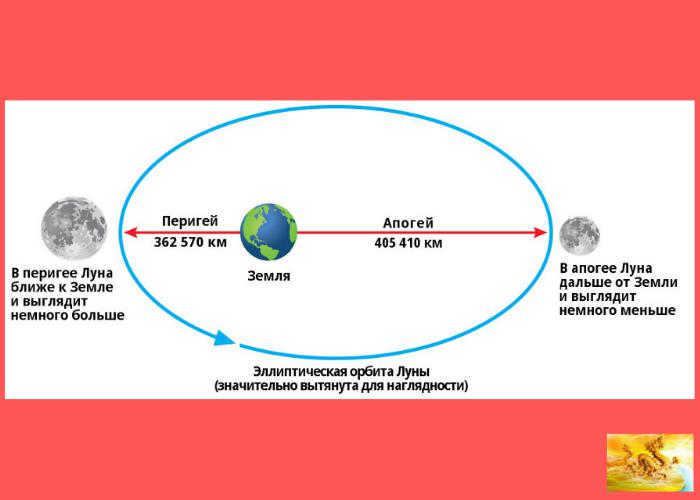
THE SOLAR SYSTEM
Mercury. When it appears in the evening sky, the swift planet will pass through the constellations of Cancer and Leo. On August 9, Mercury will reach an eastern elongation of 27 degrees, but even this visibility for mid-latitudes will be less than ideal. The planet can be briefly observed against the backdrop of the evening twilight (best in the southern latitudes of the country) above the western horizon. The planet’s brightness gradually decreases to +3m, and its apparent diameter increases to 10 arc seconds. Through a telescope, you can witness the planet’s transformation from a disk to an oval shape, then to a half-disk, and finally to a crescent shape. On August 23, the planet will change its motion from direct to retrograde, and on September 6 it will reach its inferior conjunction with the Sun.
Venus. The positioning of Venus above the Sun in declination makes it more favorable to observe the planet in middle and northern latitudes. Following its maximum elongation, Venus will start moving towards the Sun, a journey that will last until its lower conjunction on August 13, 2023. After the conjunction, the brightness of Venus will decrease as it moves away from the central luminary, resulting in a decrease in its angular diameter. August presents a convenient opportunity to observe Venus’ thin crescent shape and lengthening horns. Those with keen eyesight can even attempt to see Venus’ crescent shape without the aid of binoculars or a telescope.
Mars. The most optimal period for observing Mars is coming to an end, as its angular size and brightness will continue to diminish. However, Mars will still be visible in the evening sky as a relatively bright star until the middle of autumn.
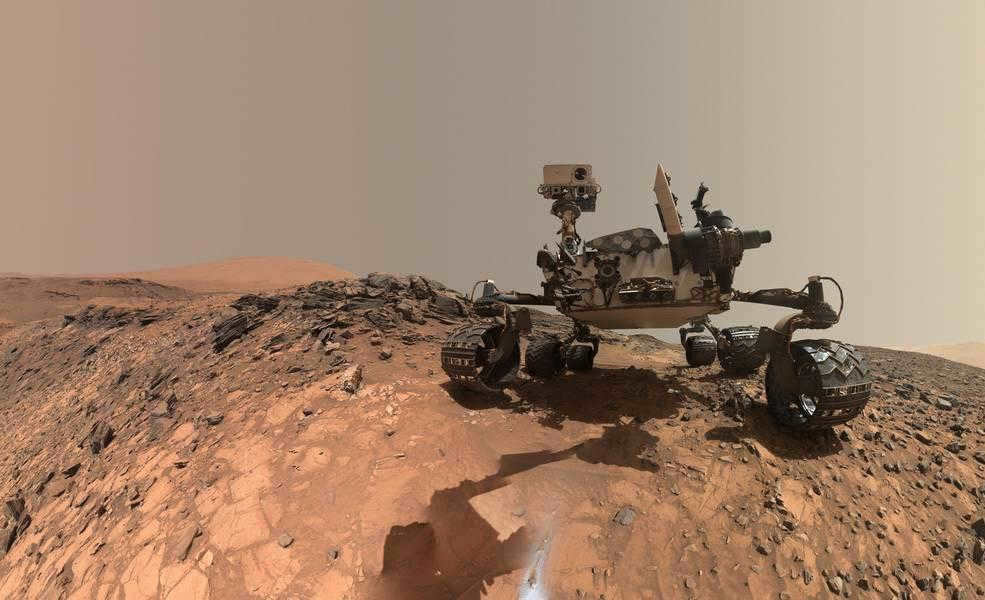
Mars. The Bakin mountain range. Photo taken by NASA
Jupiter. It can be seen in the morning sky. The planet’s altitude above the horizon gradually increases every day. With the naked eye, it is easy to spot the planet due to its bright appearance, which is only surpassed by Venus.
Saturn can be observed in the twilight night and morning sky as it approaches its opposition on August 27, 2023. This is the optimal time to observe Saturn. It will be visible for most of the night in the Aquarius constellation, reaching its highest point in the sky around midnight. On August 27, 2023, it will be as close to Earth as possible and fully illuminated by the Sun, making it appear bright and large.
Uranus. The month of August is characterized by a gradual increase in the amount of time that the planet is visible. In the beginning of the month, Uranus can be seen in the night and early morning sky for a duration of 4 hours.
Neptune can be observed throughout the entire night with the help of a telescope.
METEOR STREAMS
On August 12-1Z, the Perseids meteor stream will be visible. This particular meteor stream is considered to be one of the best for observation.
The Perseids are a highly consistent and potent meteor shower. Every year, during its peak, it generates a range of 60 to 120 meteors per hour. A notable aspect of this shower is the high proportion of bright meteors, which are easily visible even in the illuminated city sky. The Perseids also contribute to the unique chemical composition of the atmosphere, leaving behind trails in the sky that resemble the contrails of a jet airplane. These meteors possess extraordinary speed, enhancing their visibility. Interestingly, the Perseids frequently exhibit multiple meteors falling simultaneously, with occurrences of 2-3, and occasionally 4, 5, and even 6 meteors at once. Following the peak on August 12-13, the shower’s activity gradually diminishes, with only 1-2 meteors per hour by August 20.
Observing shooting stars requires a dark, moonless night sky. Luckily, in 2020 on the night of August 12-13, the Moon will be in its last quarter phase and will only be visible in the morning. It is recommended to choose a location far away from cities or any other sources of light pollution that may obstruct the view of the meteor shower.
The earliest records of the Perseids can be found in Chinese historical accounts dating back to the early modern era. They were also frequently mentioned in historical documents from Japan, Korea, and China during the 8th and 9th centuries. In Europe, the first official mention of the Perseids was made by the Belgian astronomer Adolphe Ketle in 1835. However, it is evident that Europeans were aware of the August meteor shower even before that. In Italy, it was known as the “Tears of St. Lawrence” because August 10th is the feast day of this saint and it coincides with the peak of the meteor activity.
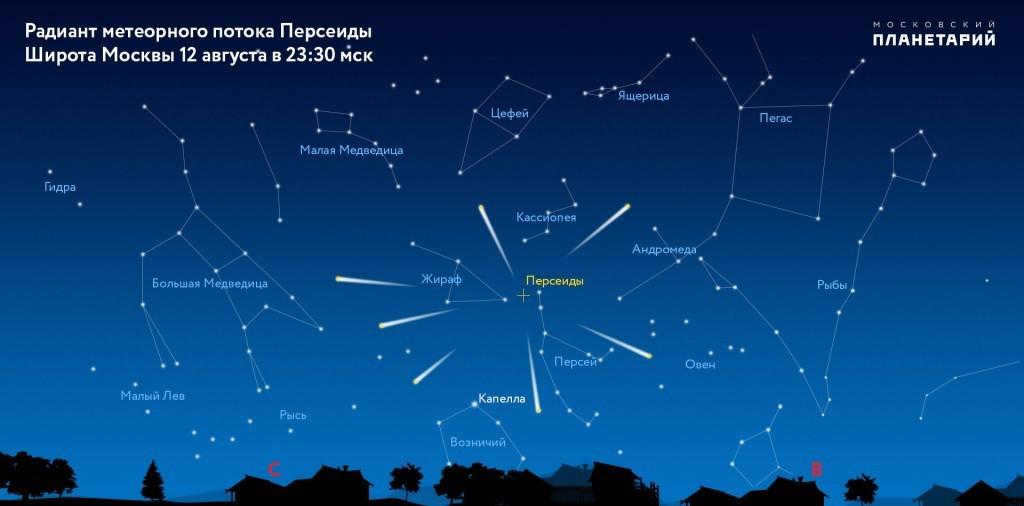
GLITTERING NIGHT SKIES
Shining brightly above the northern horizon, the seven stars of the Bucket can be seen in the Big Dipper constellation. Cepheus is positioned high in the zenith. To the left of Polaris (+1.97m), the Dragon descends, while to the right Cassiopeia rises towards the zenith, easily recognizable by the five stars forming the shape of the letter M. Moving towards the northeastern horizon, the constellations of Ascendant, featuring its brightest star Capella (+0.08m), and Perseus come into view one after another. The Little Bear’s bucket now dips to the left of Kinosura (Polaris).
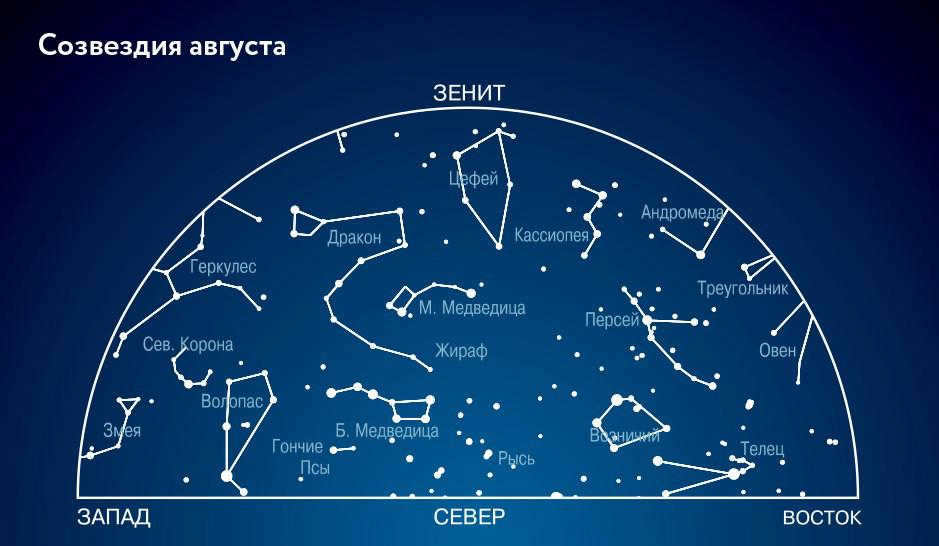
In August, the main constellations that can be seen on the eastern horizon are Perseus, which contains the blinking variable star Algol, and Andromeda, which is known for its bright galaxy Andromeda Nebula (M31).
If you look high in the southern sky, almost at the zenith, you will see the constellation Cygnus, which forms a large cross shape. One of the bright stars in Cygnus is Deneb (+1.25m). To the right of Cygnus is the constellation Lyra, and its star Vega (+0.03m) also shines brightly. Below Cygnus is the constellation Aquila, and its alpha star Altair (+0.75m). These three bright stars from Cygnus, Lyra, and Aquila form the Summer Triangle. Moving towards the southeast, you will notice the large Square of Pegasus, and below it is the constellation Pisces.
Above the western horizon, the constellation of Volopas descends with the splendid orange Arcturus (-0.04m), as denoted by the handle of the Big Dipper on the right side. A notable assemblage of stars in the semicircular arrangement of the Northern Crown, adorned with the luminous “gem” Gemma (+2.25m), glimmers between Volopassus and Hercules. On the right side of the Summer Triangle, the constellations Hercules (above) and Serpentor (below) descend across the western sky.
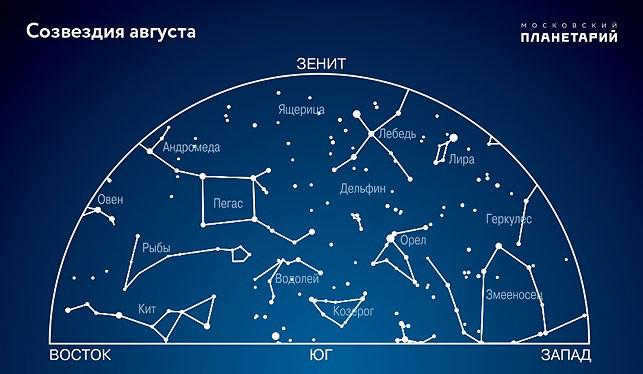

Asteroid of Great Value
NASA has announced the forthcoming launch of the Psyche mission, which will see a spacecraft sent to investigate the asteroid known as Psyche. This celestial body is composed primarily of iron, gold, and nickel. The launch is slated to take place on October 5, 2023, using a SpaceX Falcon Heavy rocket. The craft will then embark on a journey to the asteroid, which boasts a diameter of 279 km. The entire mission is expected to span approximately 6 years, covering a distance of roughly 4 billion kilometers. In 2029, the Psyche spacecraft will conduct a flyby of the asteroid, transmitting valuable data back to NASA scientists. This particular asteroid has been dubbed “the solar system’s largest gem” by researchers, owing to its significant scientific and economic value. Its composition, which includes a wealth of precious metals, means that if it were to be captured, it would possess a value surpassing that of the entire world economy – an estimated 10 quintillion dollars.
*To put it in perspective, 10 quintillion can be visualized as a number with 19 zeros trailing behind. At this very moment, this astronomical fortune is revolving within the confines of the asteroid belt.
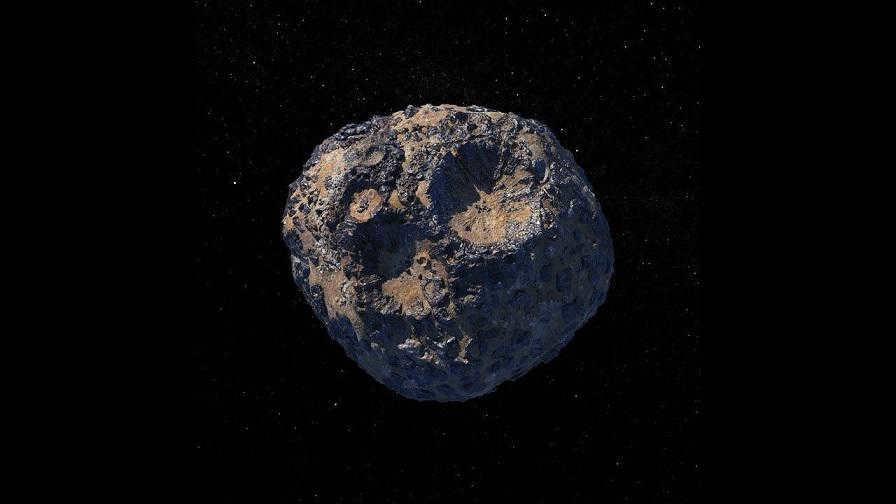
3D rendering of the asteroid “Psyche”. Photo: NASA
Prepared by G.H. Badakhova on 01/08/2023
In November, three bright dots can be observed in the night sky with the naked eye. You might have already questioned their identity. You might assume they are stars. However, they are actually planets within our solar system.
The shining star in the eastern sky
That celestial body is none other than the planet Mars. Take a closer look and you’ll undoubtedly observe the distinct pinkish-red tint of this star. This rather diminutive planet possesses an astonishing beauty. As you gaze upon it, you witness the sunlight bouncing off Mars’ surface, which is rich in iron oxide. Interestingly, this is the very same compound that can be found in rust.

As the sun sets and darkness descends, Mars will ascend further and move towards the south. By the stroke of midnight, the red planet will be positioned prominently in the southern skies.
Mars, known for its infrequent close encounters with Earth, will not be as easily visible in the northern hemisphere until the year 2052.
After sunset, two luminous celestial bodies can be observed in the southern hemisphere
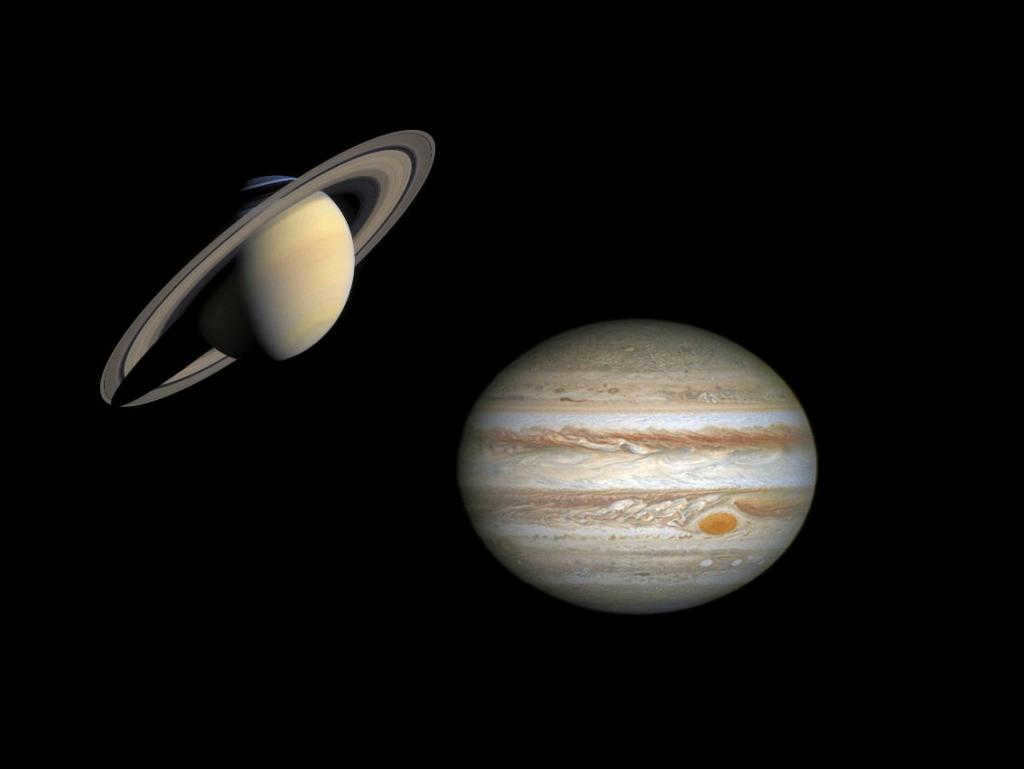
As the sun sets, direct your gaze towards the southwest. There, you will be able to witness the presence of the two largest celestial bodies in our solar system, namely Jupiter and Saturn. Throughout the entirety of the year 2020, these colossal planets have maintained a relatively close proximity to each other. Their collective radiance can be observed within the boundaries of the Sagittarius constellation. During the summer season, they were situated approximately 8 degrees apart, which is equivalent to the width of your fist when extended towards the sky. Presently, the visible distance between these celestial giants has diminished to a mere 4.5 degrees.

On December 21, which is the day of the winter solstice, there will be a fascinating celestial phenomenon known as the “great conjunction”. During this event, the planets will be positioned incredibly close to each other, appearing as one to the naked eye.
This rare occurrence will result in the planets being only 0.06 degrees apart from each other. It will truly be a grand reunion of these celestial bodies.
If you observe the night sky during November and December, you will notice that Jupiter is much brighter than Saturn. However, Saturn is still a remarkable sight with its beautiful rings. To catch a glimpse of these rings, you will need to use a small telescope as they are not visible to the naked eye.
It is possible to observe Jupiter without the need for specialized equipment. While its distinct pink bands can only be seen through a telescope, the four prominent satellites of Jupiter – Europa, Io, Ganymede, and Callisto – can be observed using regular binoculars.
Methods for observing Venus and Mercury
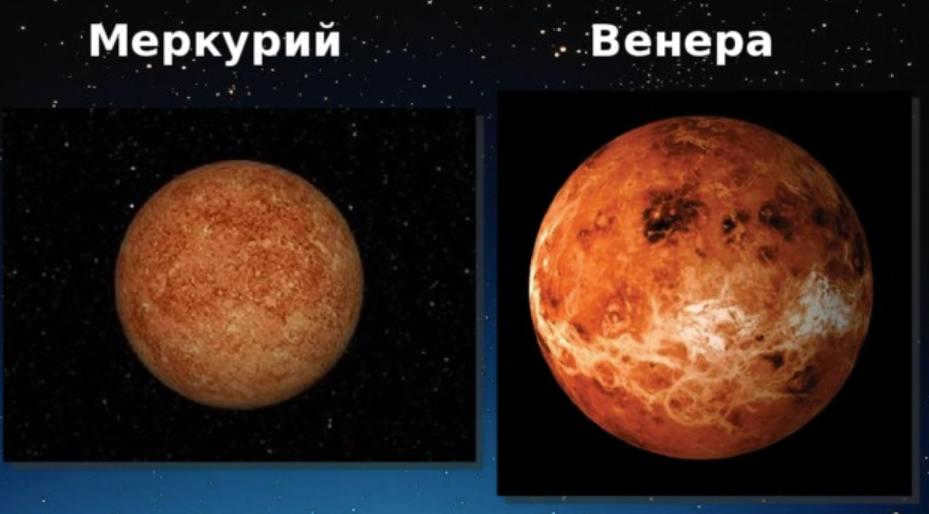
This month, after sunset, Jupiter, Saturn, and Mars will dominate the sky. However, there is another remarkably bright planet that can be observed if you are willing to wake up early. Simply look towards the southeast an hour or two before sunrise, and you will undoubtedly witness Venus shining as brightly as Mars does in the evening sky.
During this week, Venus is accompanied by the small planet Mercury, which is positioned just far enough away from the Sun for us to easily spot it. On Tuesday, November 10, 2020, Mercury will reach what astronomers refer to as its “greatest westerly distance.” Look for Mercury below and slightly east of Venus.
On November 13, you will have the opportunity to observe Mercury and Venus alongside the thin waning sickle of the Moon.
By the time August 1 rolls around, the Sun’s declination reaches a positive 18 degrees. This signifies that in the majority of Russia, the evenings start to become considerably darker, creating ideal conditions for engaging in astronomical observations.

During astronomical midnight, an impressive display of stars can be observed in the night sky. Positioned high above the horizon in the southern direction, two prominent constellations resembling crosses, namely Eagle and Swan, can be spotted. The Swan constellation’s cross is particularly visible, almost directly overhead. Additionally, towards the west, slightly to the right of the Swan constellation, lies one of the most brilliant stars in the summer sky – Vega, also known as alpha of the Lyra constellation. These constellations, including Altair (alpha of Eagle), Deneb (alpha of Swan), and Vega (alpha of Lyra), are collectively referred to as the “summer triangle.”
Under the southwest horizon, near the constellation of Eagle, Sagittarius is situated. In the south, you can find the constellations Capricorn and Aquarius. Between them lies Saturn, also known as the “lord of the rings”, which is one of the most prominent planets in August.
On the left side of the Eagle and Aquarius constellations, you can observe a square formation of stars known as Pegasus. Below Pegasus lies the constellation of Pisces. Beneath Pisces is the Whale, where the planet Jupiter can be found during the month of August.
In the eastern direction, you will find the constellation Aries, which is home to Mars and Uranus.
Towards the northeast lies the Ascendant constellation, forming a trapezoid shape, and featuring the bright star Capella. Above Ascendant is Perseus. Almost directly overhead is Cassiopeia, a distinct constellation that forms a prominent W shape.
The Big Dipper’s “bucket” encompasses the entire northwestern region of the celestial sphere. Positioned above it is a diminutive bucket known as the Little Dipper, housing the renowned star Polaris, which resides in close proximity to the North Pole of the Earth. In 2012, Polaris reached its closest proximity to the Earth’s North Pole. However, due to the phenomenon of precession, it is gradually distancing itself from this location. Nonetheless, for several hundred years, casual stargazers may continue to perceive Polaris as “indicating north.”

Above us, we can observe the constellation Cepheus, resembling a house, adorned with the shining star Alderamin. Just a bit lower towards the west, we find the celestial Dragon, elegantly winding its way between the constellations of Lyra, Swan, and Little Bear. To the west, we can spot Hercules, Volopassus (home to one of the brightest stars in our night sky – Arcturus), and the petite Northern Crown constellation, resembling a delicate necklace with its radiant star Gemma at the center.
Planetary visibility in August
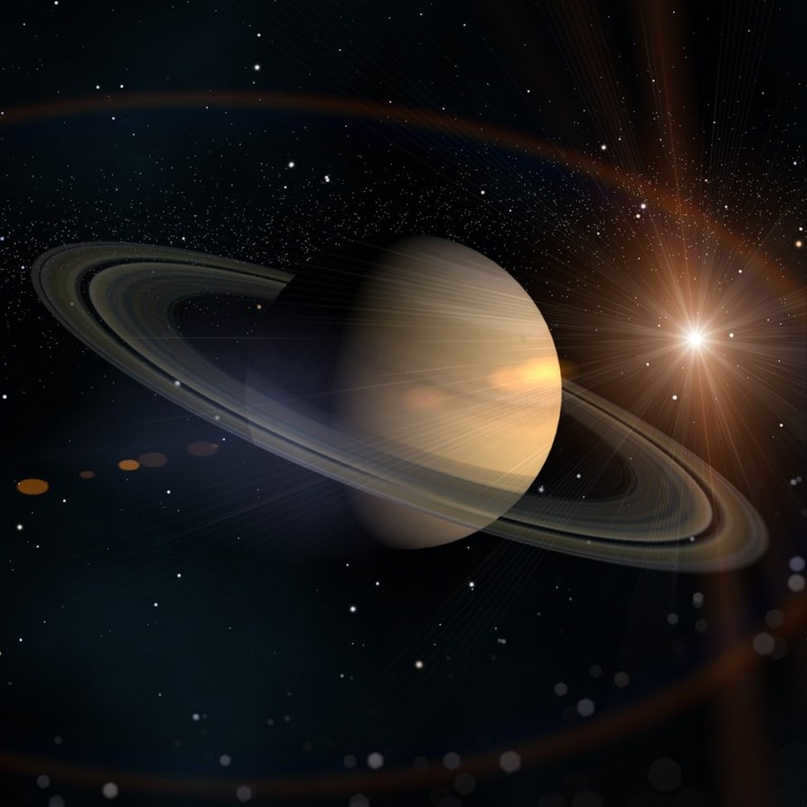
The planet Saturn. August 2022 presents a perfect opportunity to observe Saturn! Starting from August 15 at 00:10 Novosibirsk time (August 14 at 20:10 Moscow time), Saturn will be in opposition to the Sun. The opposition period is always the best time for observing the planet, as it is closest to Earth and located on the opposite side of the sky from the Sun.
In August, the planet Saturn can be seen rising in the southeast at the same time that the Sun sets. It is located in the constellation Capricorn, near the border with Aquarius. However, it’s important to note that the constellation Aquarius is not the same as the zodiacal sign Aquarius, where Saturn is actually positioned. It’s essential to understand that constellations and zodiac signs are distinct entities.
Saturn reaches its highest point in the sky, known as culmination, around midnight. On the night of August 15, Saturn will culminate very close to astronomical midnight:
- In Novosibirsk, it will reach culmination at 1:35 local time.
- In Moscow, it will reach culmination at 0:35 local time.
- In St. Petersburg, it will reach culmination at 1:05 local time.
- In Krasnodar, it will reach culmination at 0:29 local time.
- In Astrakhan, it will reach culmination at 0:54 local time.
- In Nizhny Novgorod, it will reach culmination at 0:09 local time.
- In Kazan, it will reach culmination at 23:49 local time on August 14.
- At 1:03 a.m. local time, in Yekaterinburg,
- At 0:44 local time, in Tyumen,
- At 1:12 local time, in Omsk,
- At 1:26 local time, in Tomsk,
- At 1:22 local time, in Kemerovo,
- At 1:31 local time, in Barnaul,
- At 0:54 local time, in Krasnoyarsk,
- At 1:09 local time, in Irkutsk,
- At 1:06 local time, in Khabarovsk,
- At 1:19 local time, in Vladivostok,
The distance between Earth and Saturn will be 8.8568 astronomical units. Saturn will have a brilliance of +0.83m (comparable to a first magnitude star). Its visible size will be 18.6 inches.
When observed through a telescope, Saturn is clearly visible, and so are the rings surrounding it. The rings of Saturn will be tilted at an angle of 13.9°, which is exactly half of their maximum tilt. These rings have dimensions of 45.3 inches by 10.2 inches.
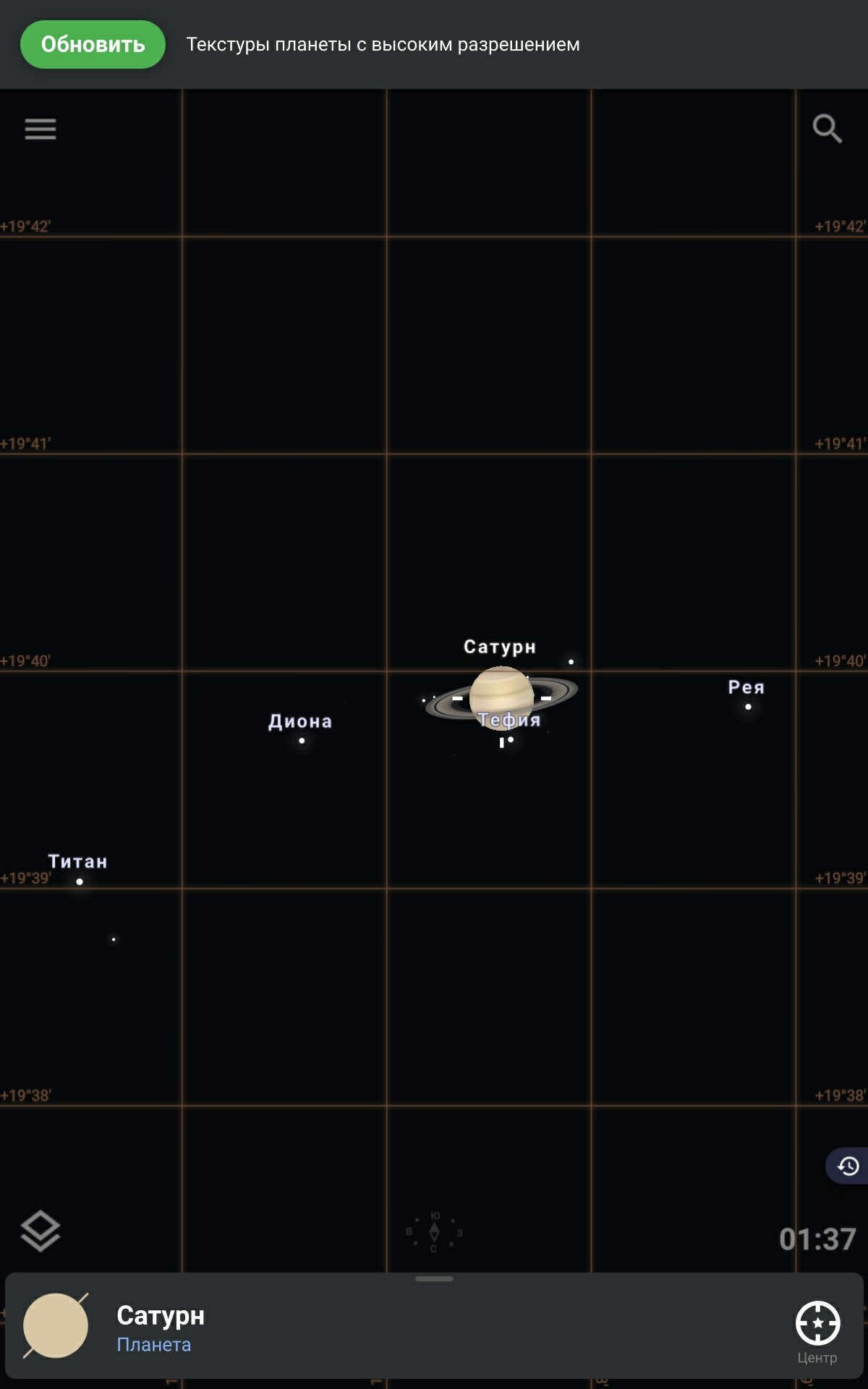
Observing Saturn through a telescope in August 2022
You can also observe Saturn’s satellites through the telescope, including Mimas, Enceladus, Titan, Theba, Dione, Rhea, Japetus, Hyperion, and Tepheus.
During August 12 and 13, the presence of a full moon might hinder the visibility of Saturn. On the night of August 12, the Moon will be positioned below and slightly to the right of Saturn (Saturn will be located to the left and above the Moon).

Moon and Saturn on the night of August 12, 2022
Jupiter. The month of August presents a great opportunity to observe Jupiter. What makes it even more special is that in August 2022, Jupiter can be found in the constellation of China! This serves as a perfect example of the importance of distinguishing between constellations and zodiac signs.
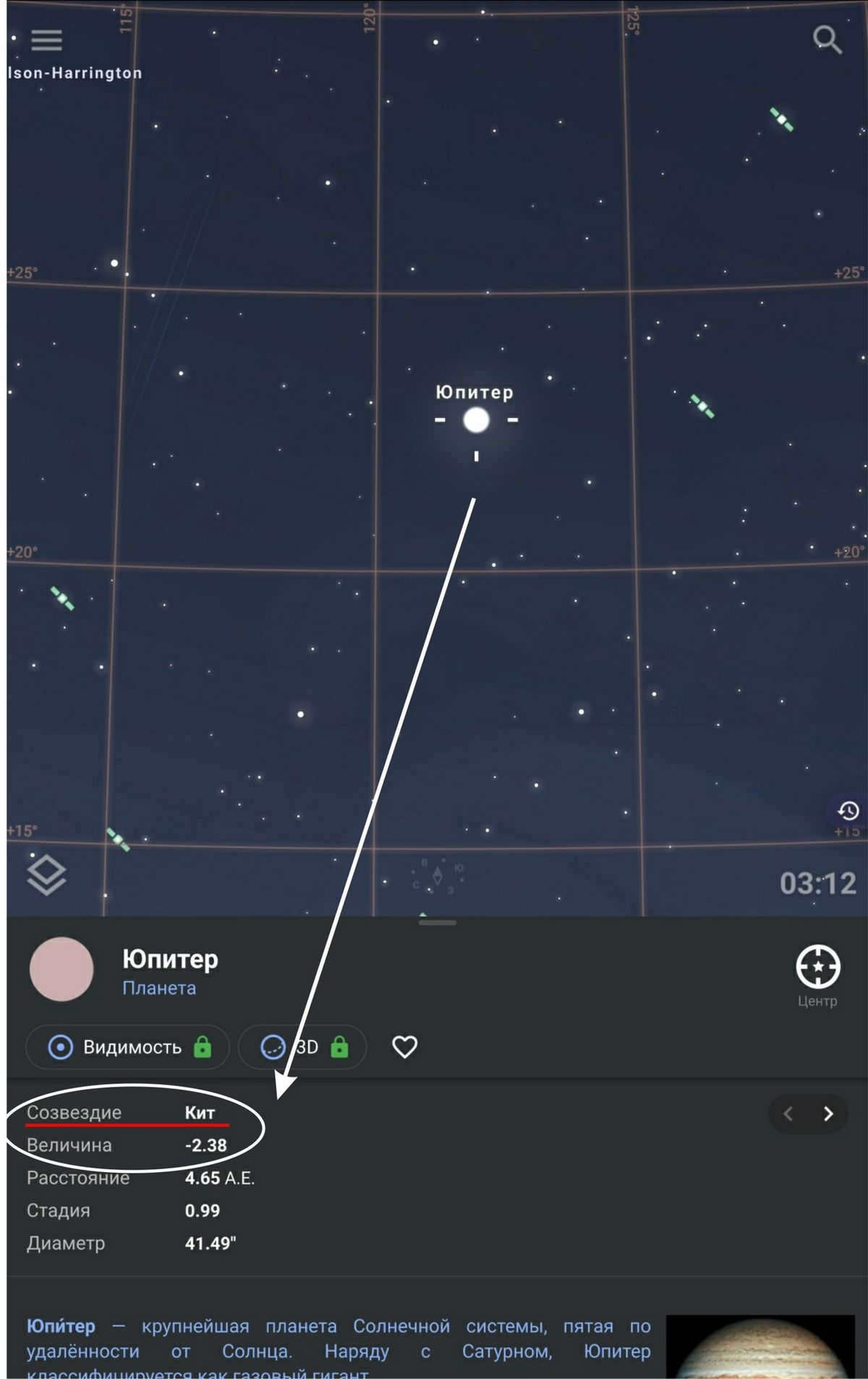
Jupiter in the constellation of China
The zodiac signs provide a reference point! They represent the division of the sky into sectors! At this moment, Jupiter can be found in sector #1, known as Aries. In astronomy, this corresponds to the geocentric ecliptic spherical coordinate system that is accurate for the current epoch.
Constellations, on the other hand, are clusters of stars that hold a shared significance. Stars are physical entities that can be observed in the sky.
Therefore, Jupiter is located among a group of stars that form the constellation of China!
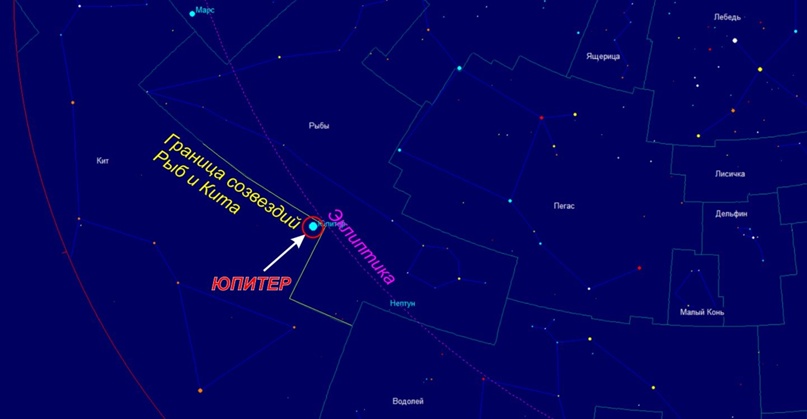
The August luminosity of Jupiter is -2.67m. It is the most prominent object in the August sky, following the Sun and Moon. Jupiter has a visible diameter of 47”.
Its satellites, Io, Europa, Ganymede, and Callisto, are easily visible through a telescope.
On August 15, the Moon will come close to Jupiter, but it will be daytime for us.
Mars. In August, Mars is increasing in visibility. At the beginning of the month, it can be seen among the stars of the Aries constellation.
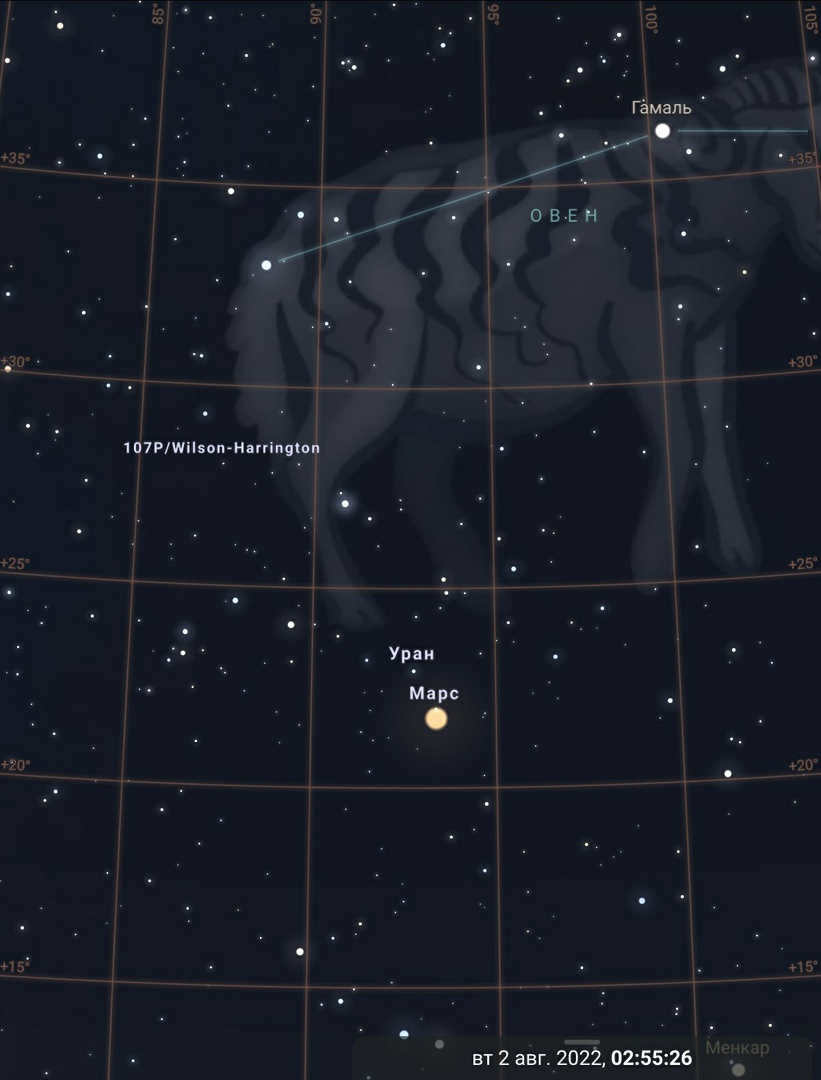
On August 2, 2022, there will be a conjunction between Uranus and Mars in the constellation Aries and the zodiac sign Taurus.
During this event, Mars will be located 1°21' south of Uranus.
At the start of the month, the Red Planet can be seen rising in the northeast around midnight. It will continue to rise and gain altitude, but it will still be visible in the southeast, where it will gradually disappear in the morning light. Its altitude will be over 35° at a latitude of 55° and over 45° at a latitude of 45°.
On August 9, Mars departs from Aries and enters the domain of Taurus. (Mars will remain in the zodiac sign of Taurus until August 20, when it will then transition to Gemini).
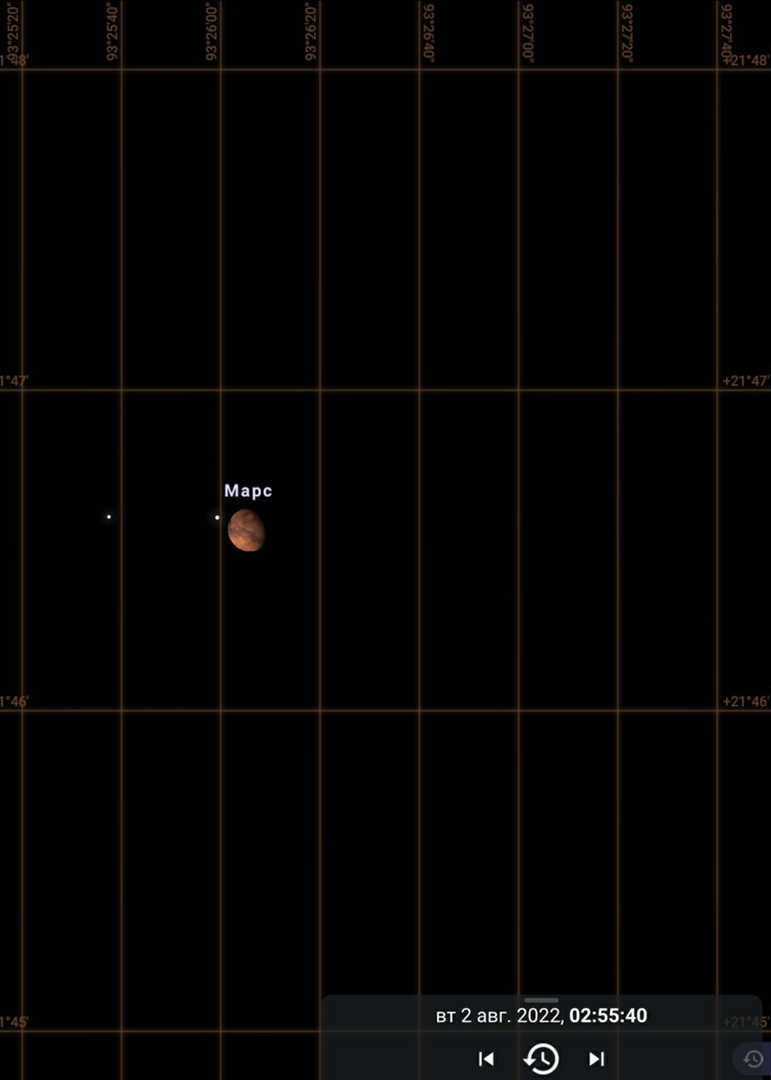
Observing Mars in August 2022
By the end of the month, Mars will come into view near the Pleiades star cluster and pass over it. During this time, Mars will rise in the first half of the night, approximately 1.5 hours before midnight. As it moves higher above the horizon (>40°), it will gradually blend into the light of the rising Sun.
At the beginning of the month, Mars will have a magnitude of +0.21m, a visible angular size of 8.3”, and a phase of 0.85.
By the end of the month, Mars will become brighter, reaching a magnitude of 0.12m. It will also appear larger, with a visible angular size of 9.7”, and a phase of 0.87.
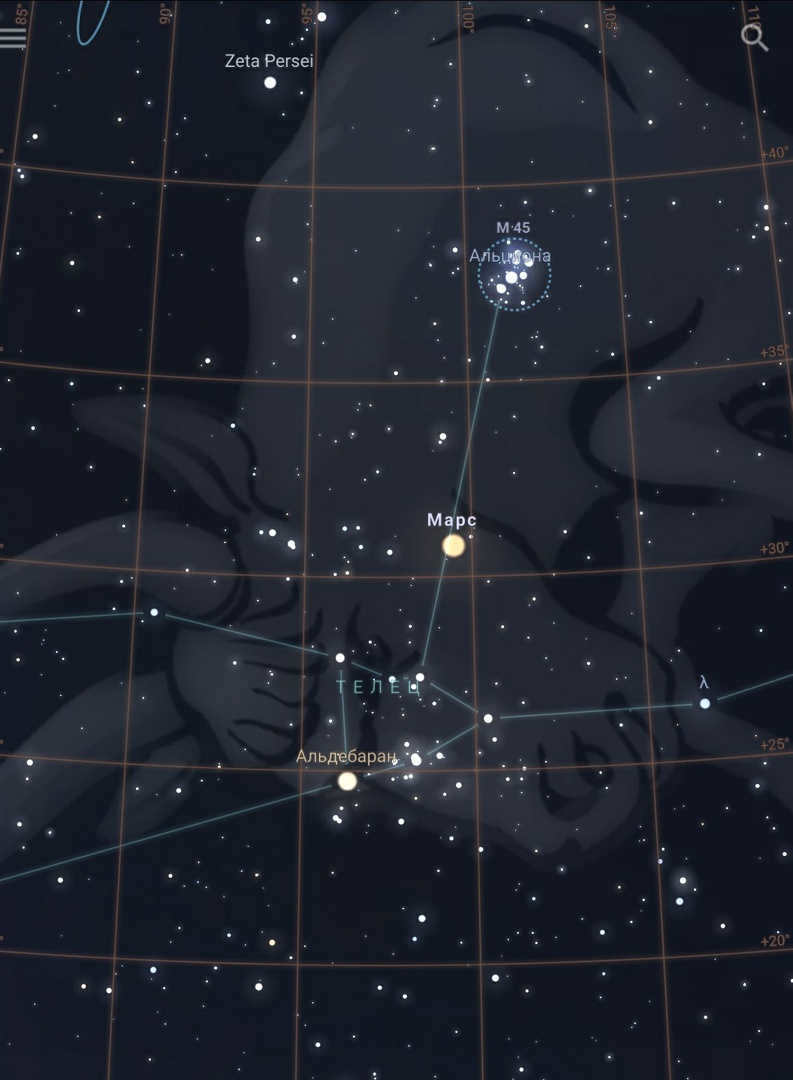

In August 2022, Mars can be located in the constellation of Taurus. It will pass over the Pleiades and Aldebaran, adding to the wonder of the night sky.
Venus. Unfortunately, Venus will not be visible in August 2022.
Mercury. Mercury will also not be visible in August 2022.
Meteor showers
Meteor showers are celestial events that occur when the Earth passes through a stream of debris left behind by a comet or asteroid. These debris, also known as meteoroids, enter the Earth’s atmosphere and burn up, creating bright streaks of light in the sky. Meteor showers are a fascinating phenomenon that captivate both amateur astronomers and casual stargazers alike.
During a meteor shower, the number of meteors visible in the sky can vary greatly. Some showers produce only a few meteors per hour, while others can generate hundreds or even thousands of meteors. The intensity of a meteor shower depends on several factors, including the size and density of the debris stream and the Earth’s position in relation to the stream.
Meteor showers are best observed in areas with little to no light pollution. Away from city lights, the dark sky provides a perfect backdrop for the vibrant meteors. It is recommended to find an open area with a clear view of the horizon, as this allows for a wider field of view and increases the chances of spotting meteors.
To observe a meteor shower, one does not need any special equipment. The naked eye is sufficient to enjoy the spectacle. However, it is advisable to bring a blanket or a reclining chair for comfort, as meteor showers can last for several hours. Patience is key, as it may take some time before a meteor streaks across the sky. It is also helpful to familiarize oneself with the peak times of the meteor shower, as this increases the likelihood of witnessing the most meteors.
Overall, meteor showers offer a unique and awe-inspiring experience for anyone interested in the wonders of the universe. Whether it’s the annual Perseids or the sporadic Draconids, these celestial events remind us of the beauty and mystery that lies beyond our planet. So, mark your calendars and prepare for a night under the stars, as the next meteor shower is just around the corner.
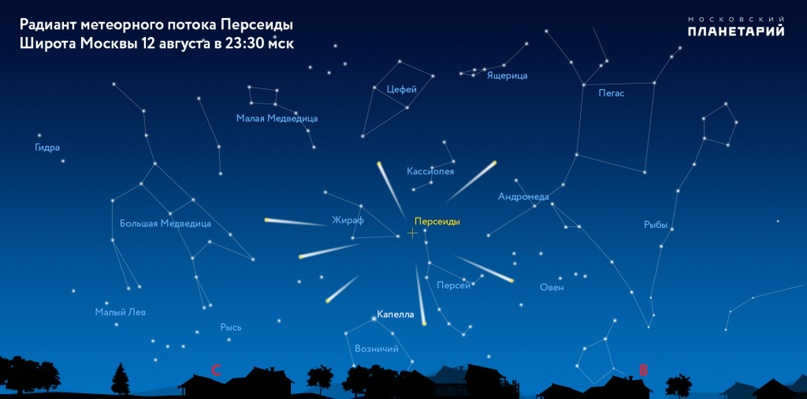
The Perseids can be considered as one of the most well-known meteor showers during the month of August.
Observing the stars is at its peak from August 12-14! Just below the full moon.
The Perseids are particles from the tail of the Swift-Tuttle comet, which approaches our planet approximately every 135 years. The most recent occurrence was in December 1992. However, our planet passes through its magnificent tail every year. This is when we witness the meteor shower caused by the Perseids. And, of course, all those bright meteors come from the direction of the Perseus constellation.
It is expected that the Perseids will reach speeds of up to 60 meters per hour.
So calculate the time and make a wish.
The Perseids were initially documented in ancient Chinese records dating back to 36 BC. During medieval times in Europe, these meteors were referred to as the “Tears of St. Lawrence” instead of Perseids. This is because in August, when the Perseids are visible in the sky, Italy celebrates the feast day of St. Lawrence on August 10th. However, the official credit for discovering this meteor shower goes to the Belgian astronomer Adolphe Ketele, who provided a detailed description of them in 1835.
We have curated a collection of the most fascinating astronomical events for September 2021, including information on constellations, planetary positions, and the brightest Neptune.
Discover “Hitech” on
September’s starry skies
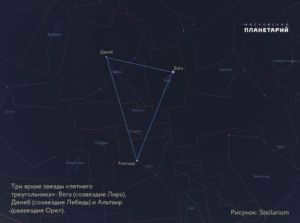
The Arrangement of the Planets in September
In September, the planets will be in opposition, providing optimal conditions for observation. Neptune, in particular, will reach its highest point above the horizon around midnight. These conditions will continue to improve at each opposition until 2024.
Mercury will be visible in the evening sky throughout September. It will gradually move away from the Sun and reach its greatest elongation, the farthest distance from the Sun for the inner planets, on September 14.
Furthermore, Mercury will be observable in the evening sky within the Virgo constellation, and it will transition into the Libra constellation starting from September 18.
Located in the constellation Capricorn, the brightest star of September shines brilliantly in the southern part of the sky. Having recently passed the opposition point on August 20, this celestial giant continues to offer excellent viewing conditions throughout September. Whether observed in the evening or early morning, it remains visible and easily identifiable, even to the naked eye. For those equipped with binoculars, the opportunity to spot satellites becomes even more accessible.
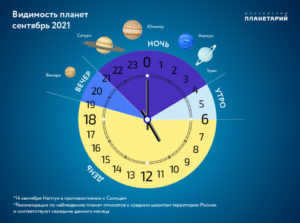
Neptune’s Opposition
At 12:12 Moscow time on September 14, 2021, Neptune will reach opposition with the Sun. This event marks the optimal conditions for observing the planet, as its distance from Earth becomes the shortest. Consequently, Neptune will appear larger in the sky than at any other time of the year.
During the opposition, the distance between Earth and Neptune will be 4.32 billion kilometers, almost 29 times the distance between Earth and the Sun.
The most favorable period for observing Neptune will be from mid-August to mid-October 2021, encompassing the month prior to and after the opposition.
During the night of September 14-15, 2021, Neptune will be observable from Moscow starting at dusk until dawn (from 7 p.m. to 6 a.m.). It will gradually ascend to an altitude of nearly 30° above the southern horizon by midnight.
By 6 a.m., Neptune will descend below the horizon. It is recommended to observe Neptune using a telescope and under clear weather conditions.
